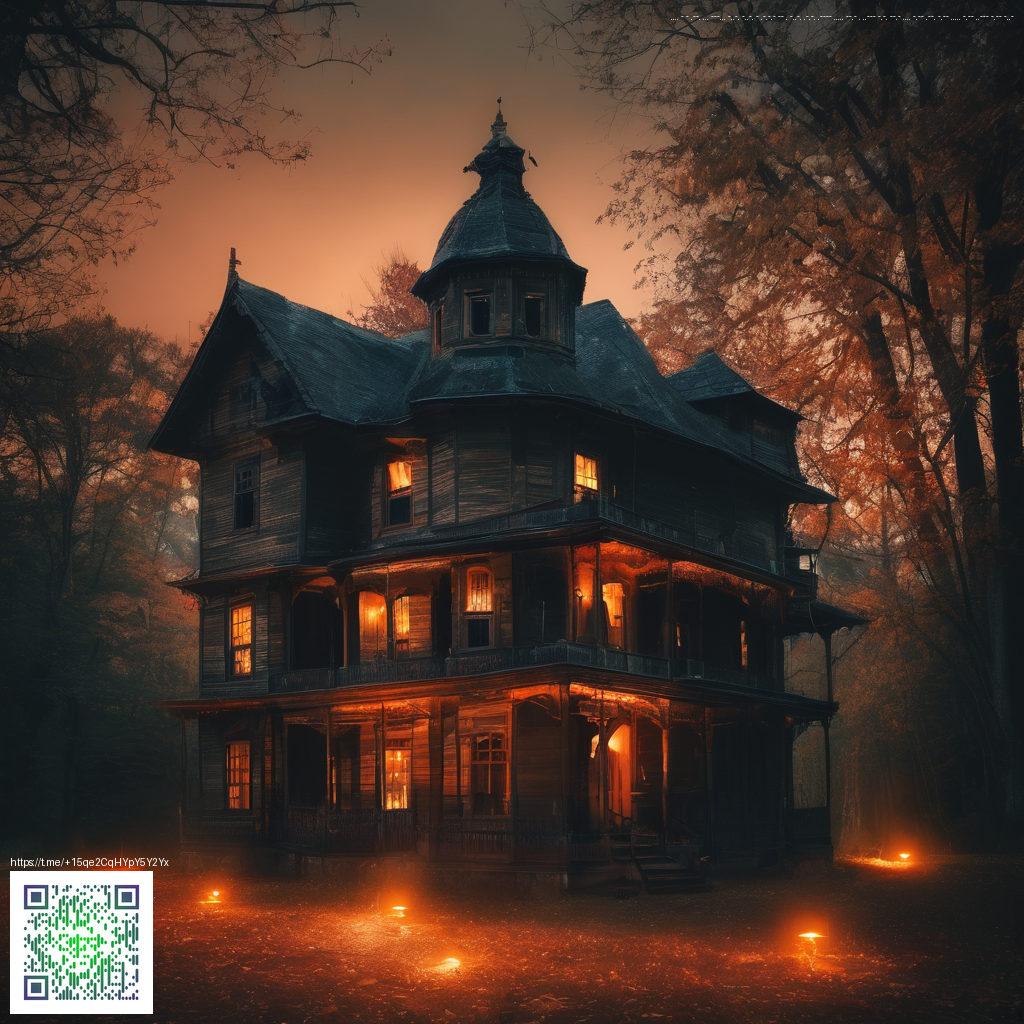
Breathing Life into Digital Paper with Iridescent and Shimmer Effects
Digital paper is more than a flat canvas—it’s a playground for light, color, and motion. When you add iridescent and shimmer effects, you invite the surface to respond to viewer movement, much like a soap bubble or a delicate feather under a changing sunbeam. The goal is not to overpower the design but to create a sense of depth and magnetism that shifts as the observer pivots. In practice, that means balancing color, texture, and light so the piece reads as luminous rather than loud.
In the realm of digital craft, iridescence hinges on a few core principles: harmonious color shifts, subtle gradations, and controlled highlights. Think of your palette as a spectrum that can tilt in response to angle. The same composition can reveal new hues when rotated, much like a prism refracting light. Translating this to software involves a combination of gradient overlays, blend modes, and carefully placed specular highlights. The result is a surface that feels almost tactile—like you could reach out and catch a glimmer of color on your fingertips.
Tip: small hue rotations and gentle opacity changes can dramatically alter the perceived iridescence. Start with a soft base and layer on thin veils of color to avoid a garish effect.
Techniques to Achieve Iridescence in Digital Paper
First, establish a stable base. A neutral or slightly warm underlayer gives the shimmer a believable anchor. Then introduce a multi-directional gradient that can subtly shift as the viewer experiences the artwork from different angles. In many programs, you’ll use a gradient map or hue-saturation adjustments to create a core palette that travels through purples, teals, and golds as light falls across the surface.
Next, apply a soft-light or overlay blend on top of the base. These modes permit color information to interact without destroying underlying values. Keep the opacity relatively low (often in the 10–40% range) so the color glide remains gentle and believable. Layer multiple gradients with varying angles, then fine-tune the opacity so no single hue dominates. The goal is a cohesive shimmer, not a rainbow flood.
Texture is your friend. A delicate micro-sparkle or grain can catch highlights in a way that reads as real metal, silk, or pearlescent film. You can simulate this with a subtle noise texture mixed through a screen or soft light layer. Small, irregular patches of brighter color create the impression of micro-reflections—these are the cues our eyes latch onto when evaluating iridescence in the real world.
Contrast and edge control matter. Use a gentle highlight pass along the edges where light would naturally skim. This could be a narrow white or pale tint applied with a foam brush or soft airbrush in your software. Avoid chunky specular spots; iridescence is about the whisper of light rather than a shout. You’ll often find success by pairing a wide, diffuse glow with a few crisp, thin highlights to simulate a reflective surface under soft lighting.
For those who like to test with physical surfaces, a dedicated testing pad can be helpful. For instance, Neon Gaming Mouse Pad Non-Slip 9.5x8in Anti-Fray can serve as a practical stand-in for desk-based experiments, giving you a feel for how light plays off a matte-to-slightly-textured surface when you’re translating those cues into digital works.
When you’re assembling your workflow, think in layers and checks. Start with the base colors, then build the iridescent layer, followed by texture, and finish with the highlight pass. Periodically toggle the composition to grayscale or simulate low light; if the shimmer disappears in those conditions, you’ve probably overworked color or contrast. A subtle balance is what keeps digital iridescence feeling alive and credible rather than cosmetic.
Inspiration doesn’t have to come from one source. A related resource that explores color interaction and surface light can be a helpful companion as you refine your approach: this related resource.
Practical Workflow Snapshot
- Set a soft base: choose a mid-tone palette with a gentle warmth.
- Apply a multi-angle gradient map to guide color shifts across the surface.
- Layer a translucent overlay using Soft Light or Overlay with low opacity.
- Introduce micro-sparkle textures and light speckle elements for realism.
- Paint thin edge highlights and refine until the light feels organic.
- Test the composition under different color spaces or simulated lighting conditions.